In today’s hyper-competitive business environment, customer experience (CX) is a key differentiator for organizations worldwide. Yet, long wait times in contact center queues remain a major source of customer frustration. Hearing “All agents are currently busy” often signals to customers that their time is undervalued, driving increased call abandonment and decreased satisfaction. In an age where customers expect flexibility and responsiveness, it’s crucial for businesses to rethink how they manage inbound demand and support seamless, customer-centric journeys.
Traditional call queues, while once necessary, can now be replaced by more dynamic solutions. This is where Webex Contact Center callbacks come into play — offering a practical and effective alternative to waiting on hold during periods of high call volume. Rather than keeping customers tethered to the phone, callbacks allow them to reclaim their time and engage with your business on their own terms.
Types of callbacks in Webex Contact Center
Immediate (queue) callback: Reducing queue fatigue
Immediate callbacks empower customers to keep their place in line without waiting on hold. When the contact center queue is long, customers can opt for a callback — preserving their place and allowing them to disconnect until an agent is available. When their turn arrives, the system automatically dials the customer and connects them with an agent, ensuring a seamless transition.
This approach helps reduce abandonment rates and improves both customer and agent experience. By freeing customers from long hold times, businesses can minimize frustration and focus agent attention on meaningful conversations.
Scheduled callback: empowering customer choice
Scheduled callbacks let customers choose a specific time for an agent to call them back. This is particularly helpful for customers who are not immediately available, or for complex issues that require preparation on both sides. Customers can select their preferred callback time through IVR or a web form, and the system schedules the interaction accordingly.
From an operations perspective, scheduled callbacks help contact centers balance call volume throughout the day, supporting workforce optimization and reducing pressure during peak times.
Personal callback: Proactive, contextual engagement
Webex Contact Center also supports proactive callbacks initiated through digital channels, such as a web form on a “Contact Us” page. Customers can submit a request for a callback, providing relevant information upfront. The system routes the request to the appropriate agent or queue, ensuring the agent has the context needed to reach out quickly and effectively.
This method is ideal for customers who prefer digital engagement but still value a personalized voice interaction, and for complex inquiries where advance preparation ensures a higher first-contact resolution.
Why callbacks matter: Business impact
Callback solutions address a core customer pain point — long wait times — by offering flexibility, choice, and convenience. Industry analysts such as Gartner and Forrester have noted that callback solutions can help improve customer satisfaction and reduce abandonment rates by allowing customers to engage on their terms. While specific statistics vary, organizations frequently report improvements in key metrics like Net Promoter Score (NPS), Customer Satisfaction (CSAT), and reduced call abandonment after implementing callback solutions.
The Webex Contact Center advantage
Webex Contact Center stands out for its:
- Enterprise-grade reliability: Built on Cisco’s proven infrastructure, offering security, scalability, and global reach.
- Seamless integration: Deeply connected with the broader Webex platform for true omnichannel customer engagement, enabling smooth transitions between voice, chat, and video.
- Intuitive agent experience: Agents receive full customer context for every callback, streamlining workflows and reducing effort.
- Comprehensive analytics: Real-time reporting and dashboards enable managers to track and optimize callback effectiveness and overall CX.
How Webex Contact Center stands out among industry peers
While many leading CCaaS vendors offer callback features, Webex Contact Center differentiates itself through robust integration with Cisco’s collaboration tools, enterprise reliability, and a focus on agent and customer experience. These strengths are particularly valuable for organizations seeking a scalable, secure, and unified contact center solution.
In essence, while the concept of callbacks is now an industry standard, Webex Contact Center elevates it from a mere feature to a strategic capability. It’s not just about offering a return call; it’s about delivering a superior, integrated, and intelligently managed customer journey, backed by the reliability and innovation synonymous with Cisco.
Ready to enhance your customer experience?
Webex Contact Center’s callback suite helps you deliver the flexibility and responsiveness today’s customers expect — reducing frustration, optimizing operations, and driving loyalty. To learn how callbacks can transform your contact center, contact us today.
The post Webex callbacks: Putting customers in control of their time appeared first on Webex Blog.


